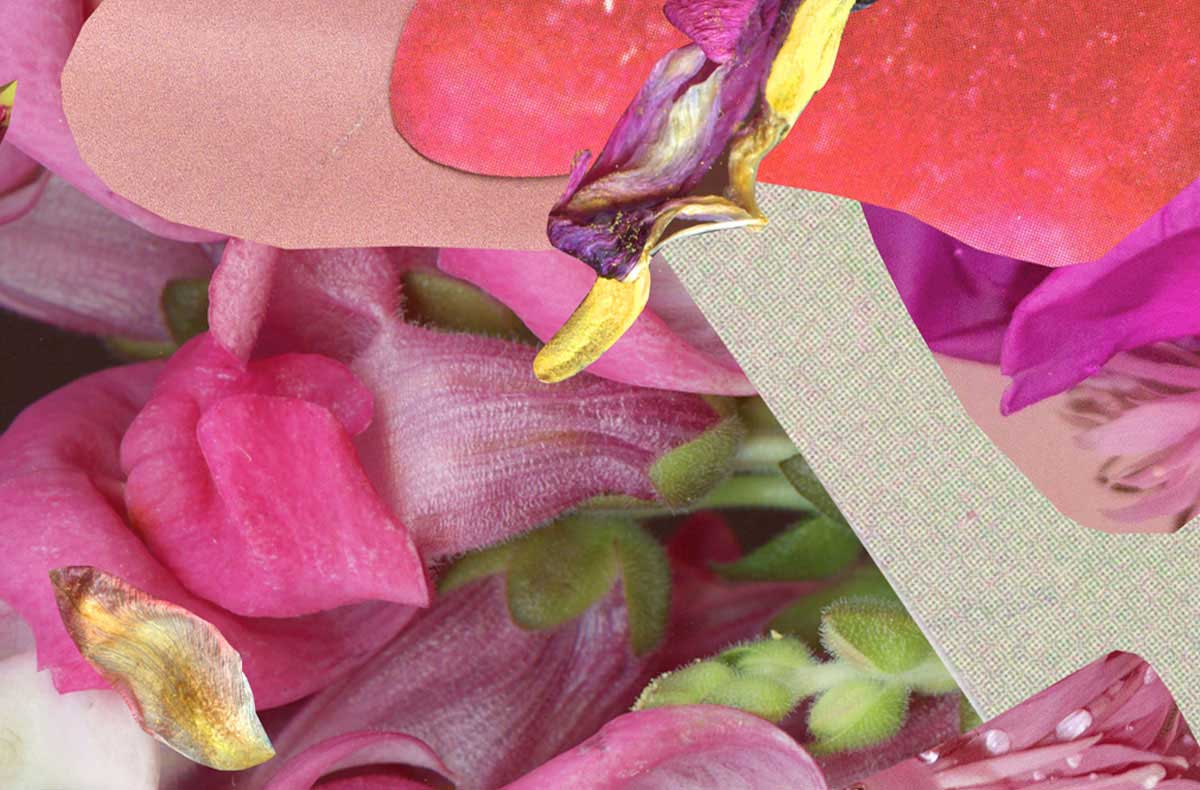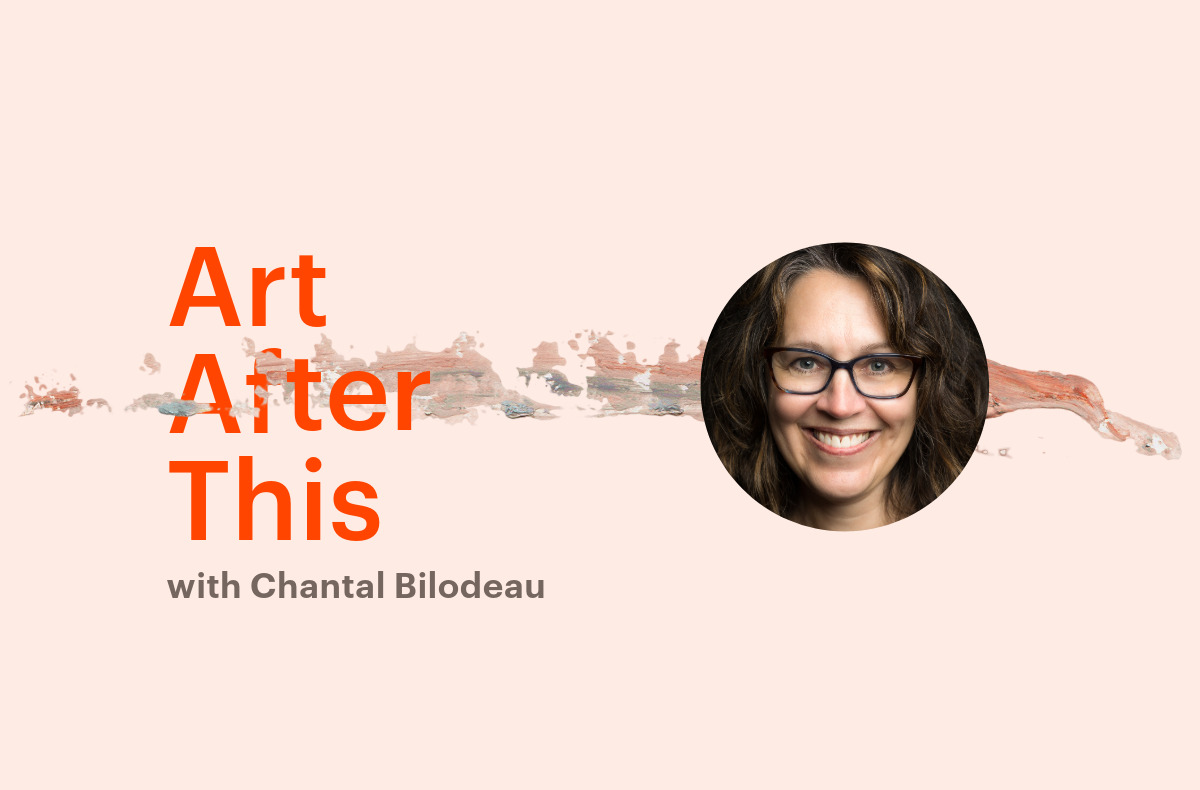By David Maggs, Metcalf Fellow on Arts and Society
As part of my ongoing efforts to support the emerging relationship between art and the climate crisis, I sat down with Vicki Stroich of Caravan Farm Theatre in Armstrong, B.C., and Judi Pearl of the National Arts Centre (NAC) in Ottawa. Stroich and Pearl are unusual. They work for cultural organizations, but have environment in their job descriptions. Pearl is listed as Associate Producer, Artistic Programming and Environmental Projects, English Theatre at the NAC, and Stroich as Artistic and Environmental Programs Manager at Caravan.
“How did that happen?” I ask.
“Working at Caravan, it was a natural step,” explains Stroich. “It’s an 80-acre piece of land in the North Okanagan on the unceded territories of the Secwépemc Nation and the Syilx Okanagan Nation. Here, the impact of climate change is direct — we cancel shows due to wildfires, the land we create on is changing from drought, our audience is strained by socio-economic shifts resulting from changes in an economy driven by resource extraction. These events are impacting our community and our work daily. Climate change informs every part of what we do from programming to operations to how we host and hold space for our community here.”
This immediacy to Caravan’s art-climate relationship is something most urban arts organizations such as the NAC, presently lack. “In my case, I just had a growing sense that the arts need to do more,” explains Pearl. “That we have a bigger role to play. Maybe it’s less in our backyard than Caravan — for now — so what that role might be takes a bit more figuring out.”
Having spent years on this relationship, I am used to uncertainty around how the arts relate to climate. And yet as the fundamental existential challenge of our time, I am curious as to why this involvement remains so tentative.
“Before coming to Caravan, I worked with an environmental NGO,” explains Stroich, “and I remember having this immediate perception that I didn’t know enough science or enough about policy to make a meaningful contribution. There is a clear bias in the environmental sector towards science and policy — that this is an atmospheric problem, a political problem. I had that bias, too. We still struggle to connect with climate change as a human problem, as an imaginative or creative challenge.”
“What’s the difference?” I ask.
“Recently, I was mentoring high school students in Vernon, B.C. on climate action projects,” Stroich continues. “I was on a call with a young person asking what I would recommend people do to address climate change. I told them, walk around the neighborhood and notice things that could work better, or be more equitable, or make the neighborhood feel more lush or exciting to be in. Walk around and imagine what might happen there.”
“And their response?” I ask.
“Silence,” Stroich answers with a wry smile. “I said ‘are you still there?’ They had talked to 10 mentors, and had gotten the usual stuff — petitions, marches, community gardens, and riding your bike — all good stuff. The student was excited by my suggestion. Maybe we in the arts take the importance of imagination as a given. We might assume everyone’s wondering ‘what if?’ But it isn’t often part of the climate conversation. We don’t centre that work nearly enough.”
Pearl agrees. “I see the difference show up at an institutional level as well. The NAC released its Environmental Sustainability Action Plan in September 2023, which was a huge leap forward for the organization. While the plan mostly deals with the operational aspects of running the centre, energy and waste and things like that, as Vicki says, we now have an opportunity to think more deeply about how to address the human elements of this work — which is exactly what the arts can do.”
“But there’s no shortage of art about climate,” I remind them.
“Yes,” Pearl agrees, “but it’s so often didactic, ringing alarm bells, trumpeting doom, or parroting science and policy. It’s such a blunt misappropriation of what the arts could be doing, but it’s a hard habit to break. We’ve witnessed it many, many times. Artists get motivated and then end up making work that has no hope of stimulating people’s perceptions, values, meaning, or sense of belonging. All the stuff you were pointing to in your recent essay.”
Pearl is referring to my ongoing suspicion of the culture gap in the climate crisis. That our society can fill the knowledge gap, the technology gap, the policy gap, the finance gap all we want, but until we address the culture gap — until we are able to work explicitly with dimensions of perception, meaning, belonging — we will keep undermining the good work going on elsewhere.
“Even the IPCC is starting to get it,” exclaims Pearl, “acknowledging that there’s this mysterious component to the transition they call ‘sociocultural factors!’ So, getting beyond the didactic, beyond the instructive, beyond thinking people just need to be better informed — addressing that idea of the culture gap — that’s what the arts can do, but not if we get stuck thinking if only people just knew better, they would do better.”
Pearl and Stroich have been collaborating on Irresistible Neighbourhoods, a new play development project at the NAC. “It’s designed to engage the imagination,” explains Pearl, “to help artists move away from didacticism and to enable audiences to cultivate a sense of belonging in more sustainable worlds.” So far, two cohorts are going through the program, with the possibility of a third coming soon. “It started as a small idea and has ballooned into a multi-year project where we experiment, iterate, and see what comes back.”
Having watched a lot of art-climate collaborations take shape over the past decade, I’ve come to think of climate change and art like dropping a big, heavy rock into a small, tippy boat. It takes such skill to prevent the immensity of the content from capsizing the delicacy of the form.
“That’s where Vicki comes in,” says Pearl, “she’s been working with us at the NAC to develop an approach to climate dramaturgy with exactly that purpose in mind.”
“Dramaturgy for me has always been about helping artists open up a pathway to the most potent expression they can possibly make,” explains Stroich. “When it comes to climate, the tendency to see climate as a technological, scientific, or political challenge means I have to find ways to help artists work beyond that bias, to think of it in human terms and in story terms. That’s where the transformative agency of art is waiting for us. If we can see a future and, more importantly, a future we want to live in we are more inclined to work towards creating it.”
Anthropologist Gregory Bateson often talked about the recursive relationship between individuals and their worlds, that try as we might to avoid it, we end up making the very worlds that made us. For Bateson, and many others, art offers a unique form of resistance to this repetitive dynamic, a way of adding conscious improvisation to the unconscious, derivative work of world-making. But for that to happen, for the agency of art to fully manifest inside politically-charged, scientifically-bound subjects like climate, the arts need to prioritize aesthetic exploration over information dissemination.
“Otherwise,” Pearl laments, “climate art has a tendency to flip-flop between fairly shallow, propagandistic illustrations of either utopias or dystopias. We’re not building new meanings, new possibilities for ourselves in either of those.”
“Or as I like to put it,” adds Stroich, “the Jetsons and the Flintstones live in the same world, whether they are travelling in a flying space car or on the back of a Brontosaurus — the technology is different but the systems and values are the same. Our collective imagination needs to work harder. We need to go beyond imagining new technologies, we need to imagine new ways to live and form community, and new ways to invite people into those stories and visions. Our best hope to do that,” shrugs Stroich as Pearl nods in agreement, “is through the arts.”




